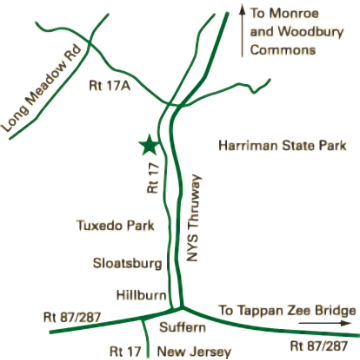Edible landscapes are an incredibly rewarding endeavor, the benefits are innumerable. There is the freshness and flavor of homegrown, the ability to control the quantity and kind of pesticides and herbicides used on the foods you consume, increase the food security of your household, save on grocery bills, and for the sheer satisfaction of eating what you grow. Edible landscapes occur when food‐producing plants are incorporated into residential gardens, it combines fruit and nut trees, berry bushes, vegetables, herbs, and edible flowers.
Edibles can make a beautiful and colorful substitute to the ornamentals within your existing landscape. There are things that need to be considered before deciding on edibles in the landscape; such as the amount of sun they will receive (most edibles need at least six to eight hours of sun a day to thrive and produce. Although, there are some fairly shade-tolerant veggies that include beets, brussels sprouts, cabbage, cauliflower, garlic, leaf lettuce, kale, spinach, turnips, radishes, and beans), planting season, harvest season, and being prepared to use the abundance from your garden. When abundance is present there is the opportunity to swap with friends, share with your neighbors, and learning to can, jar, and make sauces. Its always nice to have a good cook book around to give you direction in your creativity.
List of Edible Plants:
- Strawberries: make an excellent edging plant as well as a good ground-cover. Plant them in long rows, along the edges of flower beds and borders. Or use them on a sunny slope or any other area where you want a pretty ground-cover. They cover themselves with white flowers in spring, and the leaves turn a rich russet in fall. Strawberries are short lived perennials and need to be replanted every 3‐4 years.
- Blueberry: and currant bushes are pretty enough to use as decorative shrubs. Plant a whole hedge of them to assure plenty of fruit.
- Raspberries: are expensive to buy at the supermarket, but a snap to grow at home. If you’re concerned about having too many all at once, plant the ever-bearing types, which will produce from midsummer to frost. Canes grow fast and fill in a sunny area in spring and summer. Plant it in well-drained soil to avoid root rot. Also, they do well in light to medium shade, so you can plant them in an out-of-the-way corner of the yard.
- Current and Gooseberry: Abundance of tart berries used in jams and jellies.
- Evergreen huckleberry: Beautiful evergreen shrub with bronze colored foliage. Likes part to full shade.
- Rhubarb: Large interesting leaves and red stems. The leaves of Rhubarb are poisonous, eat only the stocks.
- Tomato: Attractive, edible fruits in yellow, orange, red, green, purple, black colors and wide range of shapes. Grown as an annual for the summer months, tomatoes need sun and heat to mature. Avoid overhead watering to discourage disease.
- Grapes: are beautiful vines and climbers (wine or seedless table grapes) with an attractive foliage makes good summer shade over an arbor or patio. Need harsh annual pruning for good productivity. When you’re not harvesting grapes, you can use the leaves, either green or tinged by autumn color, to decoratively line plates and platters or to top with salads or cheeses.
- Kiwi (Fuzzy and hardy kiwi): Exotic foliage, white flowers in May, and fruits in green, red, brown colors in fall. Most need very sturdy structure to support vigorous growth.
- Cucumber: When allowed to climb, the cucumber flowers and fruit make a nice background plant. They get thirsty in hot weather and need plenty of water.
- Pole bean: Needs full sun and good air circulation to avoid powdery mildew. Use in a children’s area to make tepees and tunnels.
- Lingonberry: Beautiful and delicate looking evergreen ground cover. They will produce more fruit in full sun but will grow in part shade.
- Lettuce: Leaf range in color from red, green, to blue with a variety of forms. Lettuce may go to seed quickly in hot weather; sow seed every 2 weeks to have continued supply.
- Kale: Lacy leaves in red, purple, green, blue. Grows best fall into winter.
- Swiss chard: Brightly colored varieties make a beautiful plant in the landscape. Be aware that slugs enjoy Swiss chard too.
- Apple: have pretty pink blossoms in spring.
- Black Elderberry: Lacy blackish leaves are very attractive; fruit used for jelly, syrup, wine.
- Cherry Tree: Red or golden fruits in summer. Compact forms available for small space. Also birds like cherries too!
- Fig Tree: Big, tropical looking leaves. Disease free.
- Pear Tree (Asian and European): White flowers in early spring.
- Persimmon Tree: Colorful orange fruits in the fall.
Plum Tree: Ripe fruits may be green, gold, red, purple. Brooks and Italian varieties of European plums are easy to grow. - Serviceberry: Clusters of white flowers in early spring; fall color is brilliant yellow to orange. It is adaptable to wide range of soil type and moisture. New smaller, self‐fertile varieties are available.
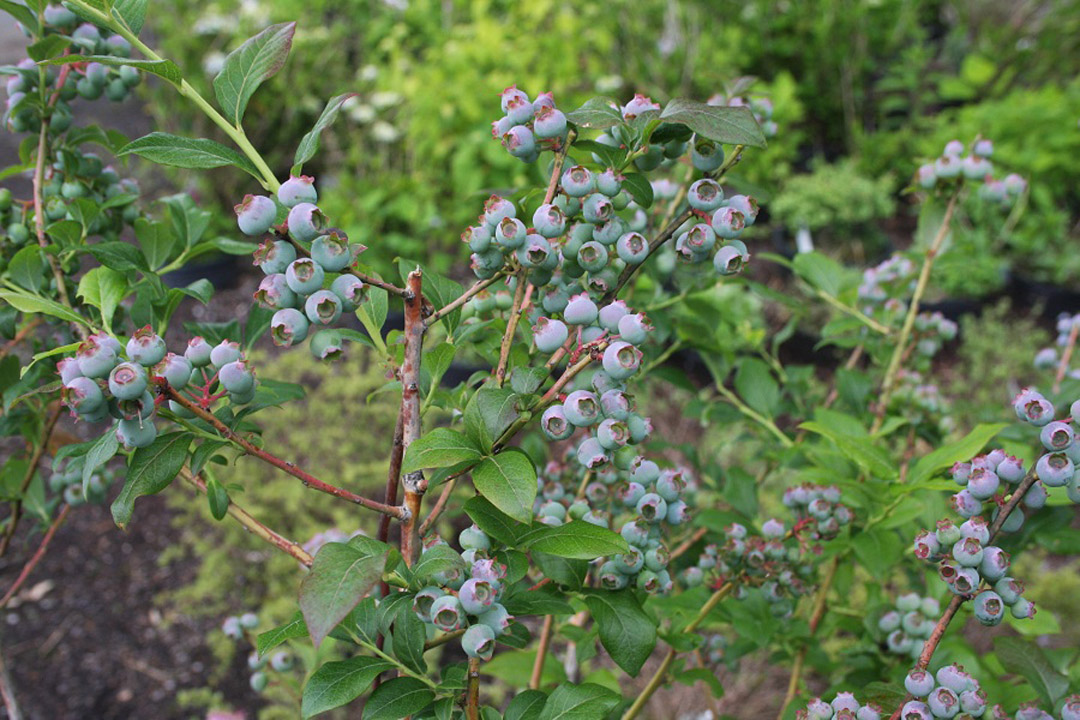
Vaccinum Corymbosum (Blueberry Bush) 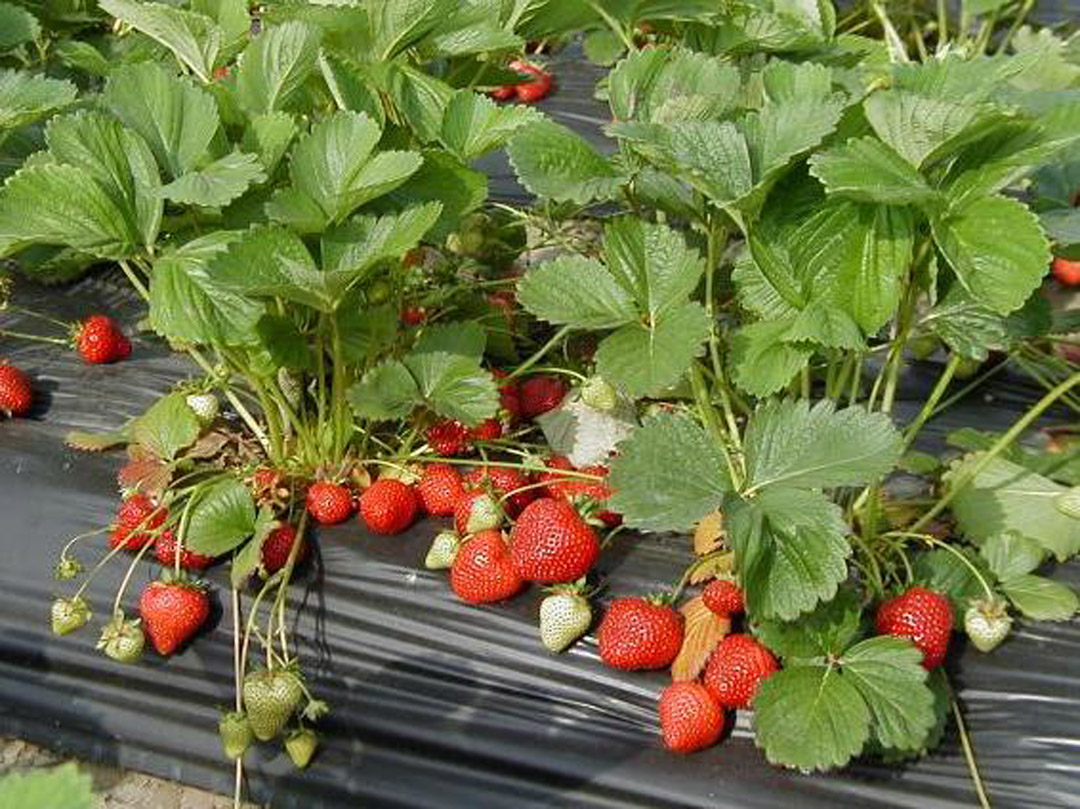
Fragaria X Ananassa (Strawberry) 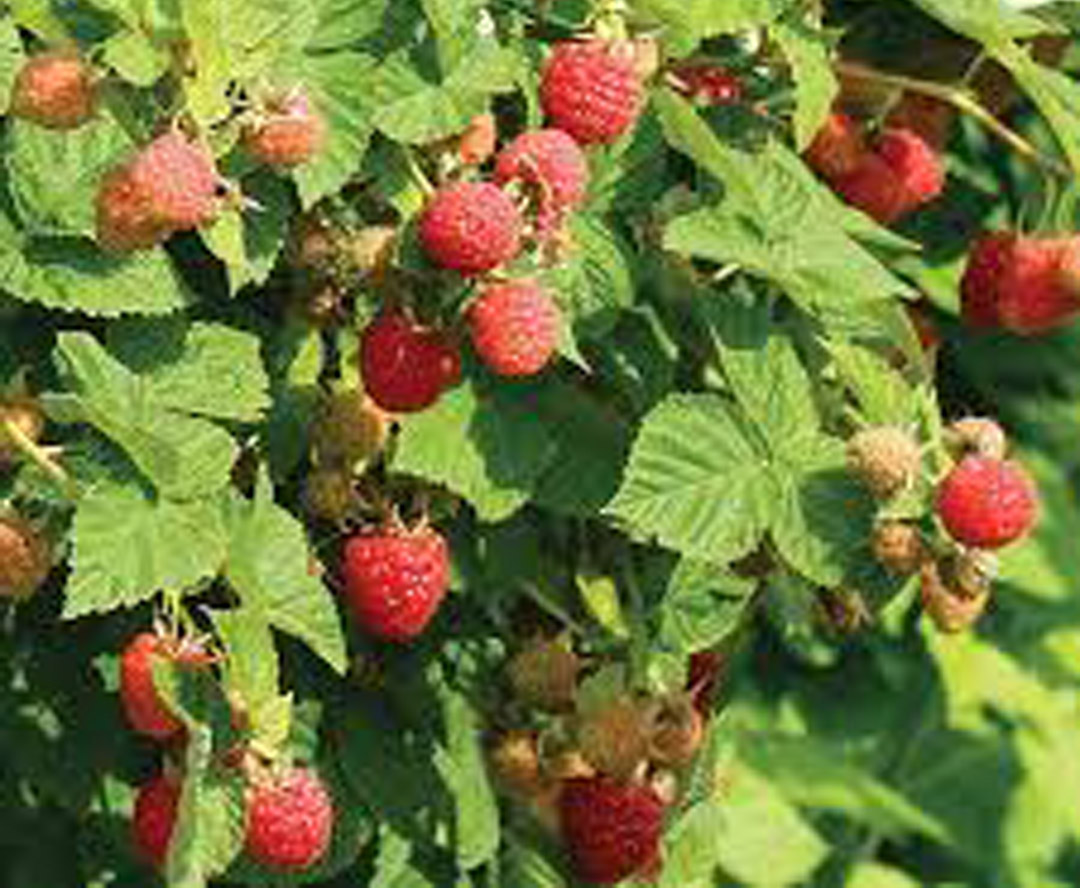
Rubus Idaeus (Raspberry)
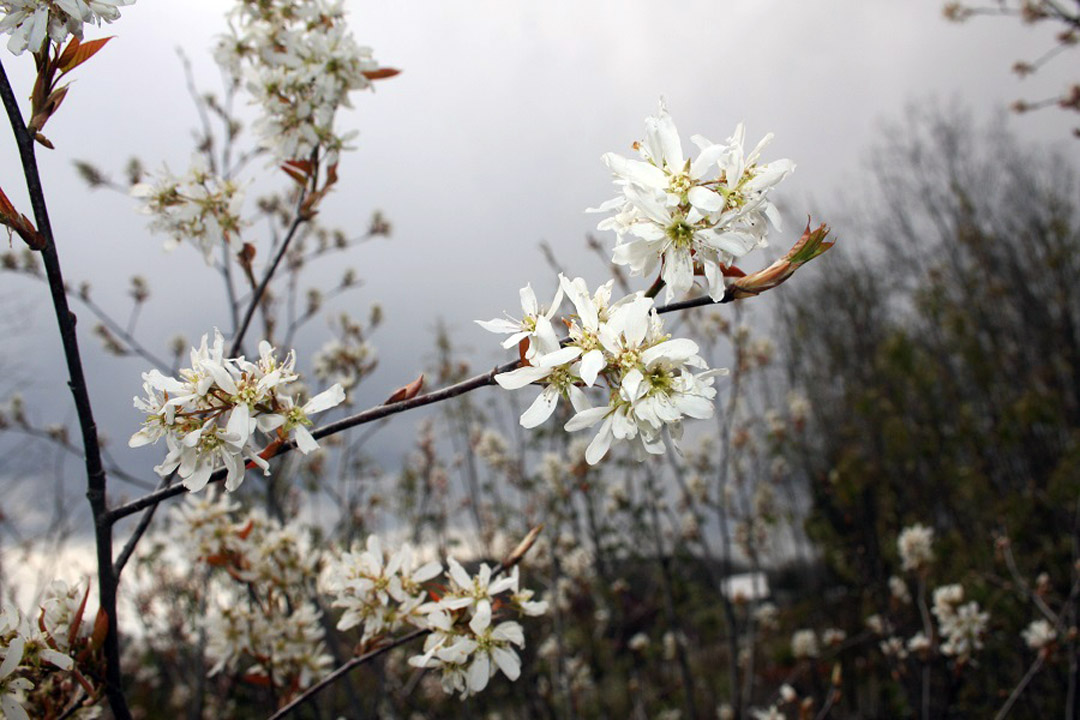
Apple Tree 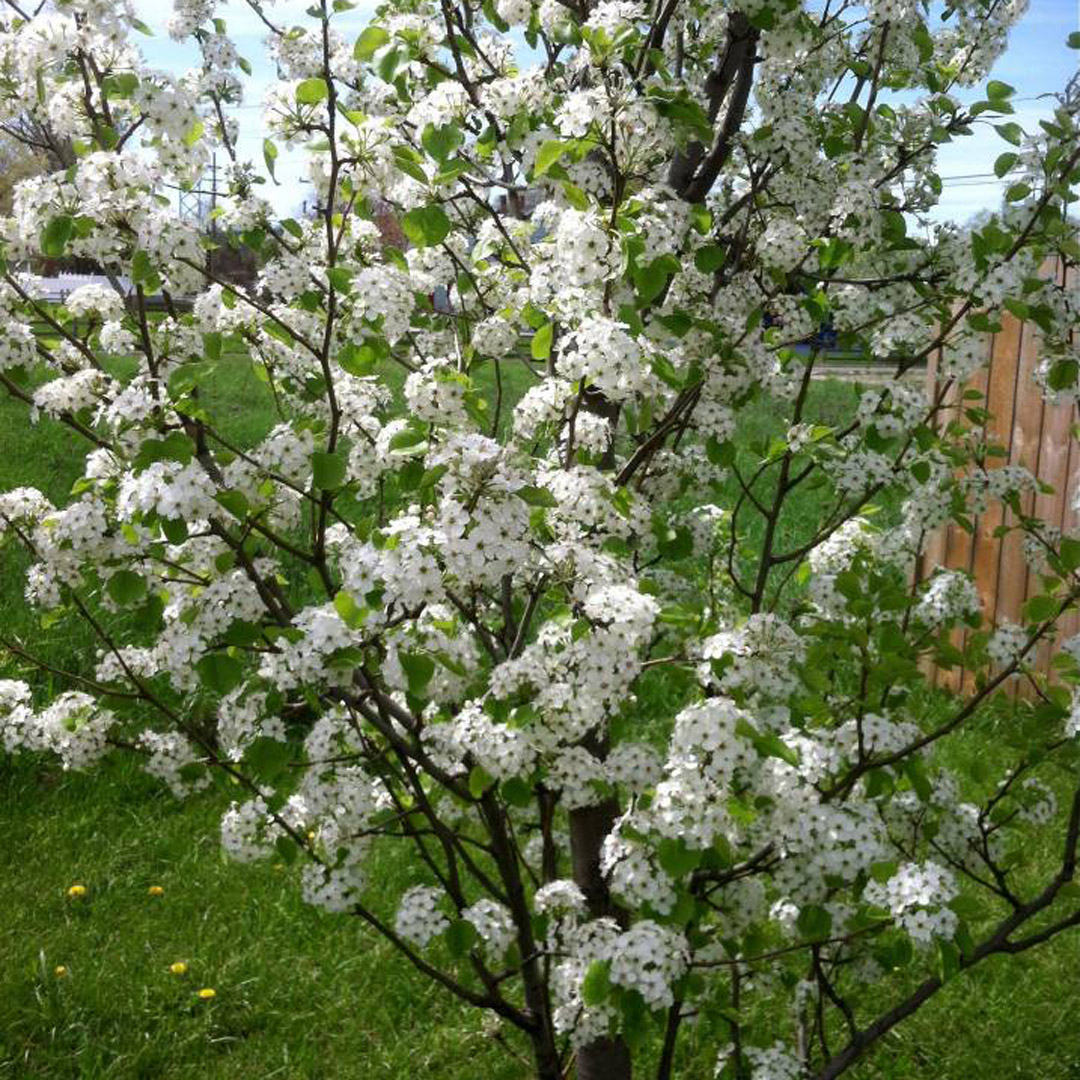
Pear Tree 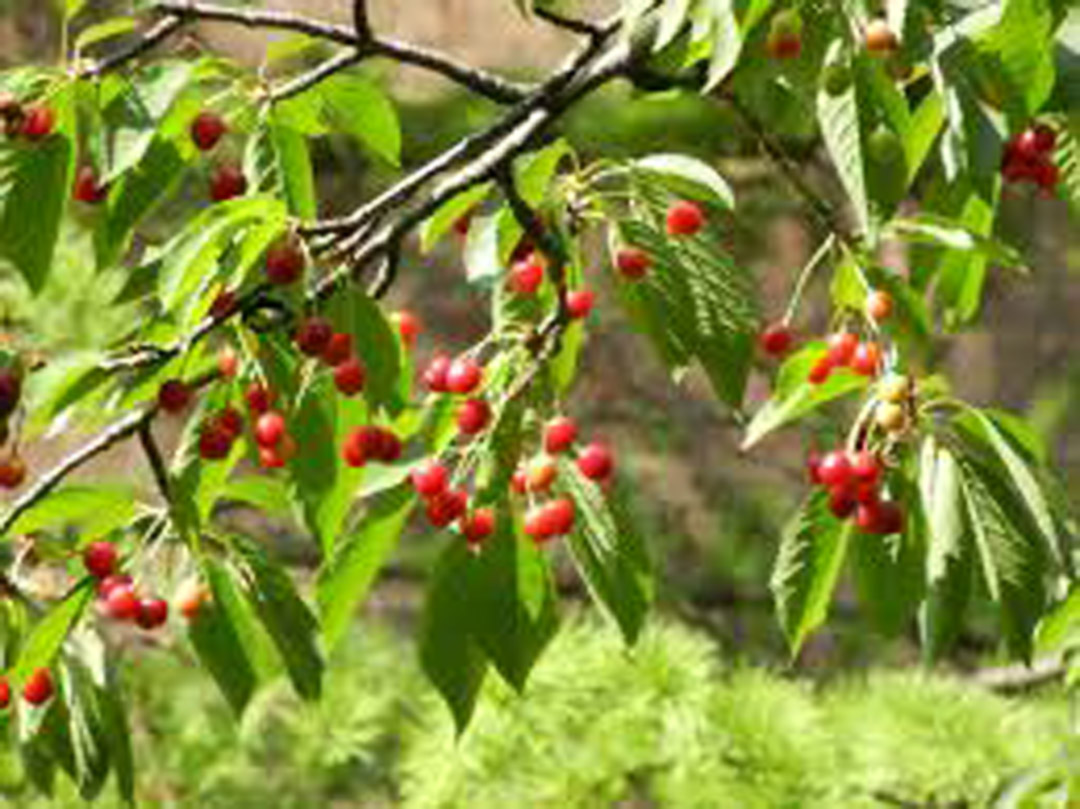
Cherry Tree
Landscaping with Herbs
- Rosemary (zone 7+) is among the most decorative of herbs. Grow it in pots or plant directly in the ground. Not only is it edible with an incredible fragrance but it also has the ability to boost memory, improve mood, reduce inflammation, relieve pain, protect the immune system, stimulate circulation, detoxify the body, protect the body from bacterial infections, prevent premature aging, and heal skin conditions.
- Herbs that once were plain green now are available in many different colors and variations that make them an excellent foliage plant to use in beds and borders, as well as containers. Purple Ruffles basil(Annual) and the Tricolor sage are two outstanding examples.
- Chives (Perennial) are not only good snipped into salads and over potatoes, they also have nice green foliage and pretty, pink, ball-like flowers. They are especially effective when planted in rows as an edging.
- Lavender (Perennial) is an amazingly fragrant and calming herb in which the fresh flowers may be used in sauces, marinades, and desserts. Dried blossoms can be used in teas, salts, potpourri, sachets, and crafts. And when planted in the garden it can be used as a natural pest repellent, repels moths, fleas, and flies, including mosquitoes; some even claiming it’s a natural deer repellent.
- Thyme (Perennial) is one of the best ground covers for hot, sunny, dry areas. It forms a dense mat and flowers in the spring. It’s perfect for planting in among pavers or flagstones and is fragrant when stepped upon.
- Other herbs deserve more use as a ground cover. Oregano spreads readily, as does prostrate rosemary, and chamomile (Perennial).
- While it’s tempting to put all your herbs together in one bed, they do nicely when mixed in among flowers. The glossy green leaves of parsley (Annual) and coriander, for example, are a simple foil to most flowers.
- Herbs are also good mixed in with flowers in indoor arrangements. Basil, tarragon, sages, chives, lavender, and many others are all perfectly suited to the vase.
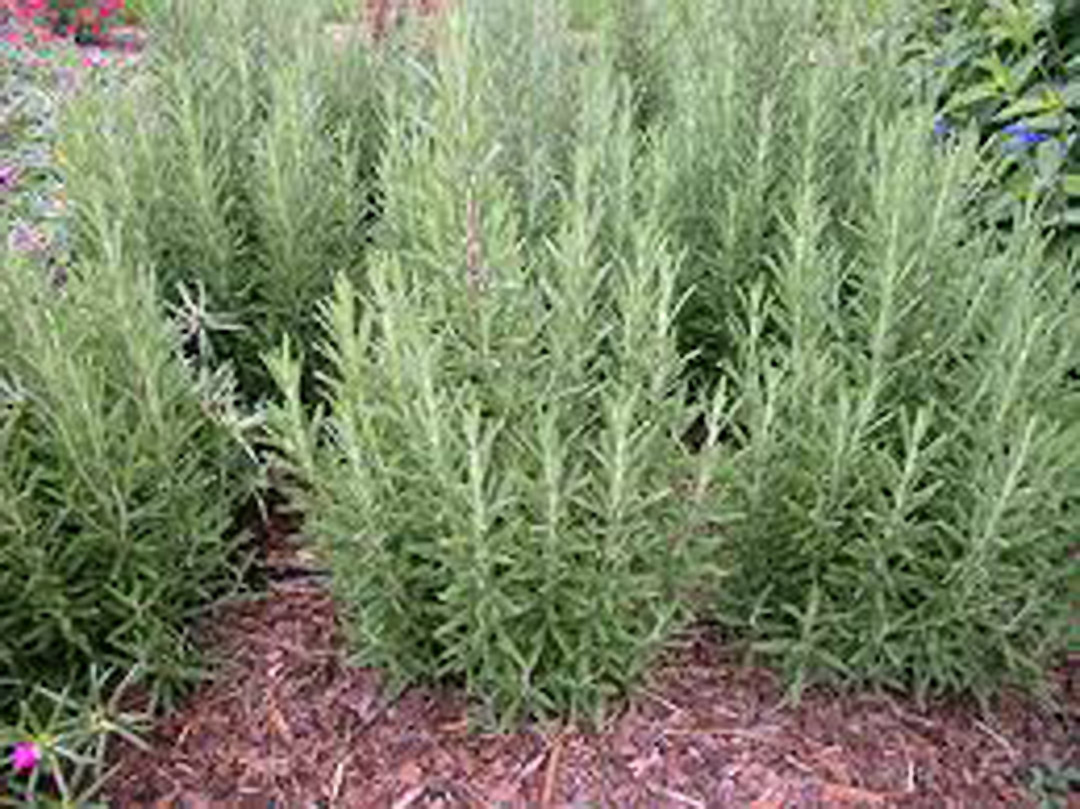
Rosemary (Rosmarinus officinalis) 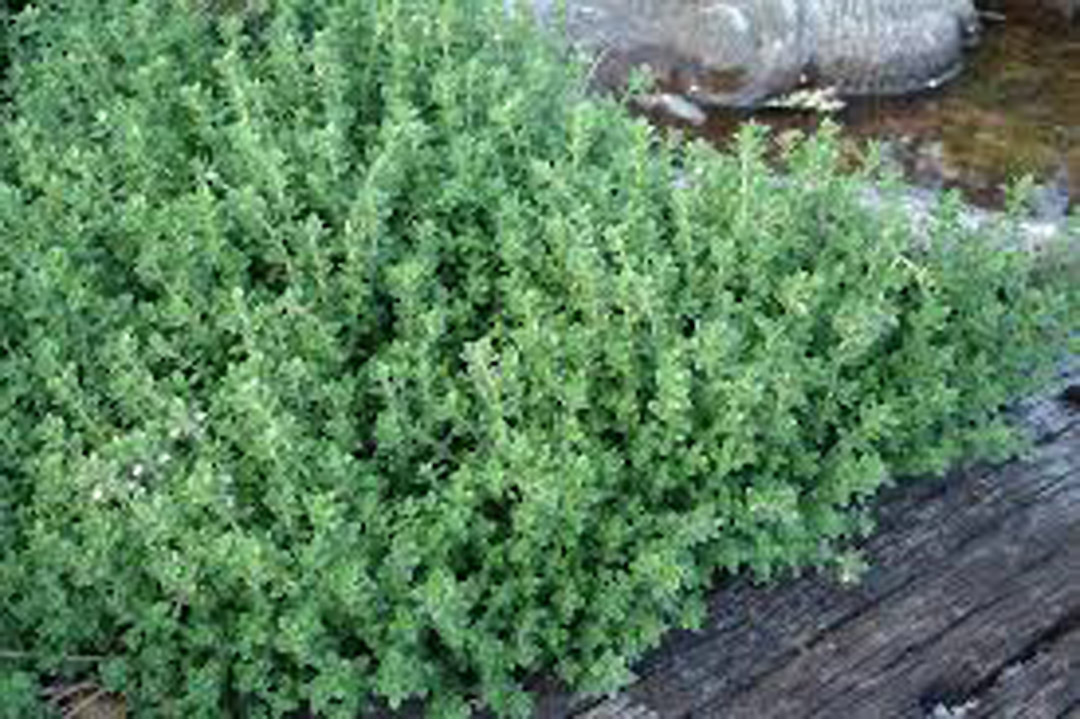
Thyme (Thymus vulgaris) 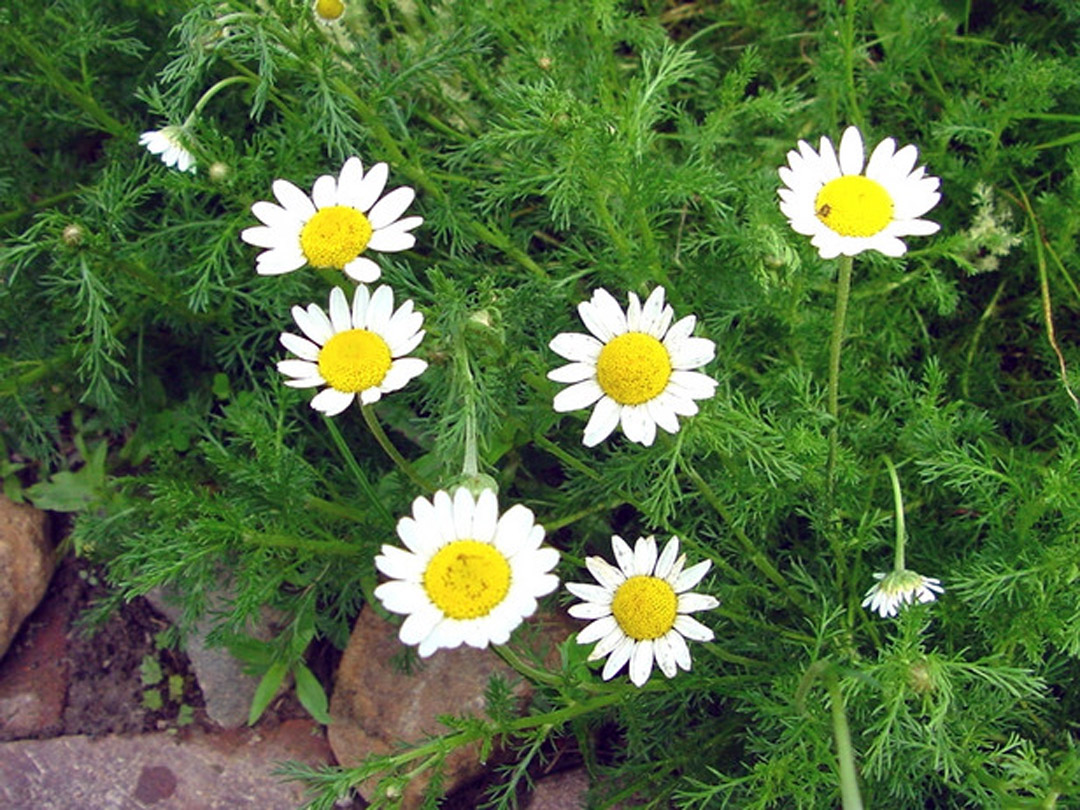
Chamomile (Matricaria Chamolmilla)





